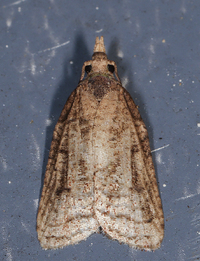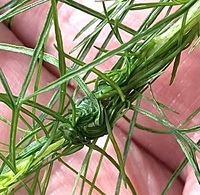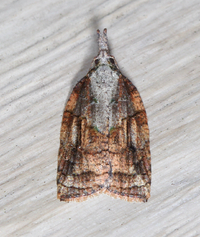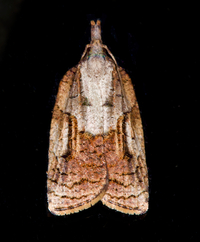
| Recorded by: Jim Petranka on 2025-09-28
Madison Co.
Comment: | 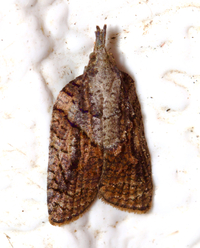
| Recorded by: Jim Petranka, Becky Elkin and Marilyn Westphal. on 2025-09-05
Henderson Co.
Comment: |
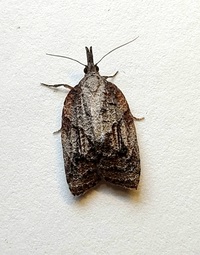
| Recorded by: Mark Basinger on 2025-09-03
Wilson Co.
Comment: | 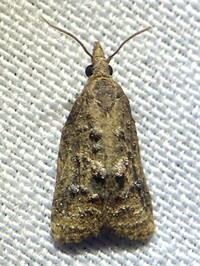
| Recorded by: Dean Furbish and Joy Wiggins on 2025-09-02
Wake Co.
Comment: |
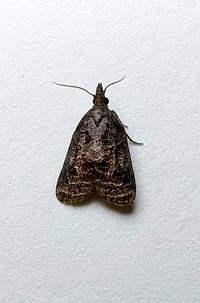
| Recorded by: Mark Basinger on 2025-09-01
Rowan Co.
Comment: | 
| Recorded by: Jim Petranka, Becky Elkin, Marilyn Westphal, Nora Murdock on 2025-08-25
Henderson Co.
Comment: |
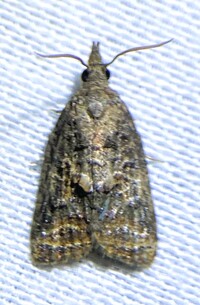
| Recorded by: Dean Furbish on 2025-08-25
Wake Co.
Comment: | 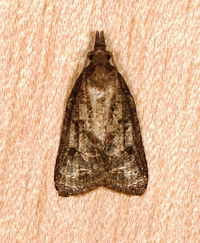
| Recorded by: Jim Petranka, Marilyn Westphal and Becky Elkin. on 2025-08-17
Henderson Co.
Comment: |
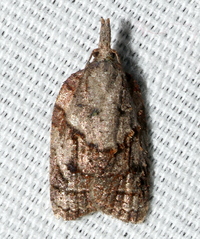
| Recorded by: David George, Kevin Bischof, Rich Teper, Patrick Coin on 2025-08-16
Transylvania Co.
Comment: | 
| Recorded by: David George, Kevin Bischof, Rich Teper, Patrick Coin on 2025-08-15
Transylvania Co.
Comment: |
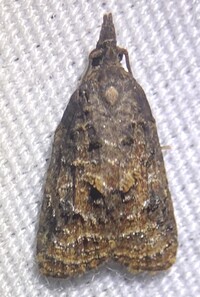
| Recorded by: Dean Furbish, Lior S. Carlson, Randy Emmitt on 2025-08-12
Alamance Co.
Comment: | 
| Recorded by: Mark Basinger on 2025-08-10
Ashe Co.
Comment: |
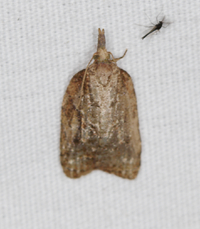
| Recorded by: Jim Petranka, Becky Elkin and Marilyn Westphal. on 2025-08-09
Henderson Co.
Comment: | 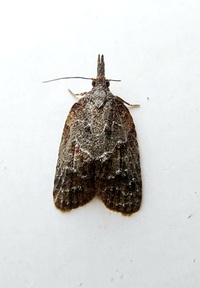
| Recorded by: Mark Basinger on 2025-07-27
Wilson Co.
Comment: |

| Recorded by: David George, David Bradley, Becky Watkins, David Cheng, Michelle Lotker, Tracy Feldman, et al. on 2025-06-28
Durham Co.
Comment: | 
| Recorded by: Mark Basinger on 2025-06-11
Wilson Co.
Comment: |
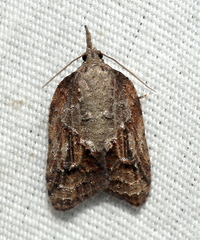
| Recorded by: David George on 2025-06-07
Durham Co.
Comment: | 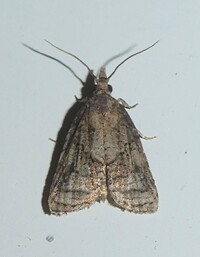
| Recorded by: Simpson Eason on 2025-05-17
Durham Co.
Comment: |

| Recorded by: David George on 2025-05-17
Durham Co.
Comment: | 
| Recorded by: David George on 2025-05-16
Durham Co.
Comment: |

| Recorded by: Jeff Niznik, David George on 2025-05-09
Cumberland Co.
Comment: | 
| Recorded by: Emily Stanley on 2025-05-01
Buncombe Co.
Comment: |
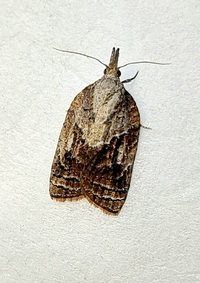
| Recorded by: Mark Basinger on 2025-04-29
Wilson Co.
Comment: | 
| Recorded by: Jim Petranka on 2025-04-22
Madison Co.
Comment: |
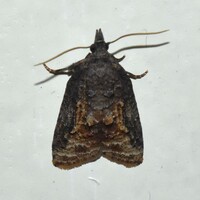
| Recorded by: Jeff Niznik on 2024-11-08
Durham Co.
Comment: | 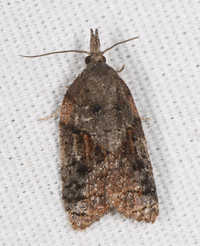
| Recorded by: John Petranka on 2024-09-28
Orange Co.
Comment: |

| Recorded by: Jim Petranka, Mark Basinger and Becky Elkin on 2024-09-21
Buncombe Co.
Comment: | 
| Recorded by: David George, Jeff Niznik on 2024-09-21
Chatham Co.
Comment: |
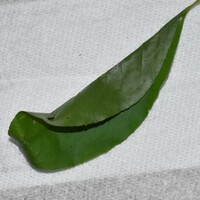
| Recorded by: Jeff Niznik on 2024-09-20
Durham Co.
Comment: | 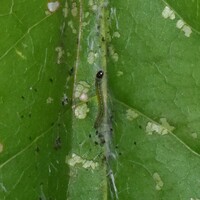
| Recorded by: Jeff Niznik on 2024-09-20
Durham Co.
Comment: larva on Sourwood |
|

 »
»